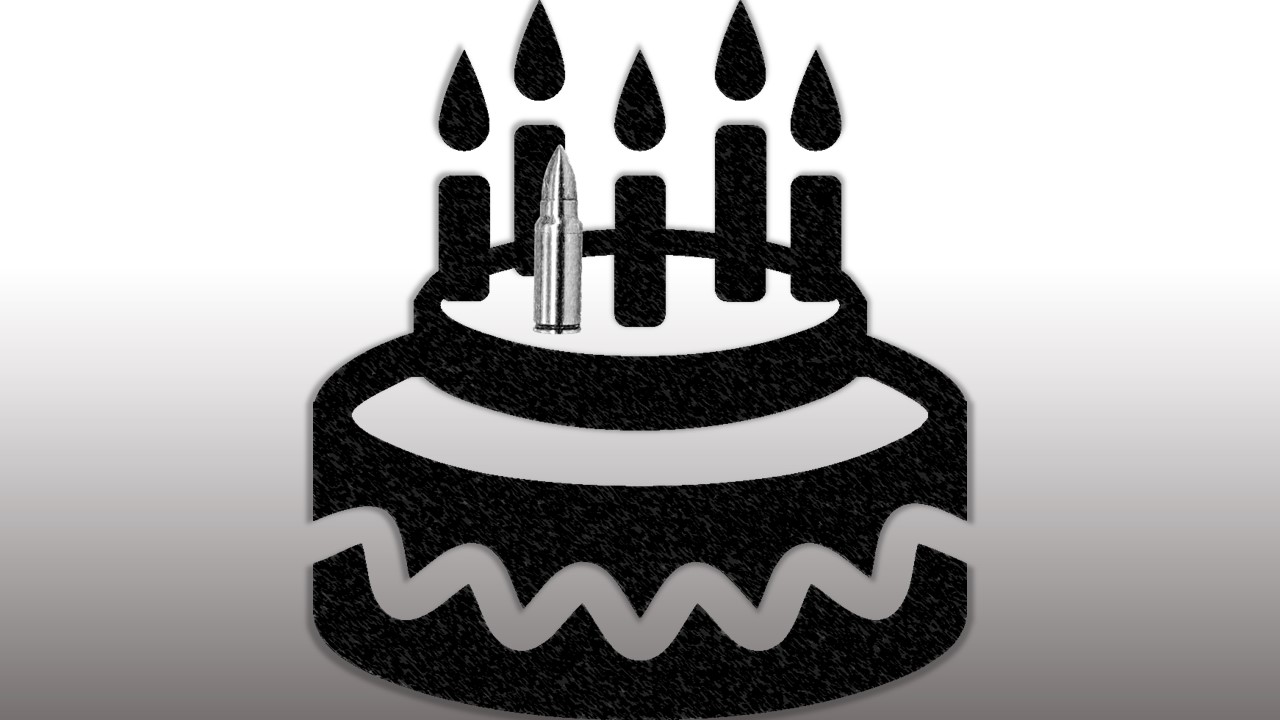
Last friday, a six year old studetn at Richneck Elementary Wchool in virginia shot his teacher.
What is Known Regarding the Shooting at Richneck Elementary School
- The shooter’s mother obtained the 9mm handgun legally
- The shooting appears non-accidental, according to Police
- The teacher, 25-year-old Abigail Zwerner, is in stable condition
- The child is being held at a medical facility under temporary detention orders
On Friday, around 2:00 pm, at Richneck elementary school in Virginia, a six-year-old student removed a handgun from his backpack and fired a single round. It went through the outstretched hand of his teacher, Abigail Zwerner, who was attempting to confiscate the gun, and into her chest. Although her wounds were critical, she evacuated her classroom safely, preventing further violence.
Richneck was the first school shooting of 2023. It came six days into the new year.
Local police authorities are conducting an ongoing investigation, attempting to gather details surrounding the events leading up to the shooting:
- How did the child obtain the gun?
- Were the gun and ammunition secured and stored according to legal standards?
- How did the child manage to smuggle the weapon into an elementary school?
- What were the intentions behind the shooting?

America’s Response to Gun Violence
There’s no need to underscore the tragedy of such an event; everyone agrees. But what will be debated, and with gnashing teeth, no doubt, as with every occasion of American gun violence, is the desired outcome. What’s the right thing? On whom, or what, do we hang the blame?
Second amendment advocates often step up to bat with arguments of personal accountability: It’s the sick, sin-warped nature of the gun’s operator — like in Buffalo, Uvalde, Colorado Springs, etc. (Hate the gunman, not the gun, mentality. Just slap on standard thoughts-&-prayers-bandaging, move on, repeat. Try as you might, you won’t fix sin.) And if pressed on America’s gratuitous relationship with gun violence, they unravel a list of secondaries, the usual herd of scapegoats: violent video games, mental illness, a crisis of masculinity, or (D) all of the above.
And while underlying causation should be examined, such as in cases of far-right radicalization of the Buffalo shooter, blaming everything but the bullet continues to contribute to America’s inability to shed its disproportionately blood-stained record of gun violence.
On the other hand, there might be something to say about the singularity of this specific event. Yes, it’s true. Not every day do six-year-olds open fire in their elementary school classroom. (Although it’s not the first time.) But that it even happened once is enough to begin pressing forward with demands — why and how?
How the Gun Affects American Children
Make no mistake — although special interest groups largely choked off the processing of gun-violence data in the US from the late 90s until 2022 — there’s proof that, proportionally, American children remain among the most affected by the gun’s invented purpose: to kill.
Take 2022, in which America broke its record of gun deaths and injuries of those under the age of 18:
- Gun Deaths (Ages 12-17): 1,200 deaths
- Gun Injuries (Ages 12-17): 3,800
- Gun Deaths (Under 11): 300
- Gun Injuries (Under 11): 700
Such stats have trended upward since 2019. And in 2020, guns became the leading cause of death among children, surpassing vehicular accidents. But not only that, in 2022, America experienced 51 school shootings resulting in at least one death — the highest out of any year since the stat was first tracked in 1970.

No Room for Excuses
Richneck is unlike most other elementary school shootings in that, this time, the roles were inverted: The child terrorized the adult. And such a role reversal makes Richneck a uniquely powerful indictment against the standard retorts of 2nd Amendment activists. This time there’s no talking point to build a false sense of protection, most importantly, the appeal to sin.
Taking things on their terms, many monotheistic religions, including the majority of American Evangelicalism, believe in an age of accountability (or the age of discretion), where humans go from being irresponsible for their moral actions to taking full responsibility. There’s no consensus on the age itself, but most believe that, although born sinful, there is a point where free will becomes a personal problem, usually around puberty. Without this, repentance, baptism, communion, and sin itself would cave in as nonsensical. And so far, I’ve yet to hear anyone nominate six as the threshold age of accountability.
Removing the spiritual dimension, the idea that children are distanced from personal responsibility, especially the more that is known about cognitive and developmental science, is an idea inherent among western legal systems to this day.
All this to say, in the case of a six-year-old shooter, there simply is not enough development to justify any preestablished talking point. This leaves the real problem out in the open: Somehow, exactly how is not yet known, the gun and ammo were there — both accessible and unwatched — and the kid knew how to use them.
Guardians of the second amendment already point out how this should be treated as an isolated act of parental negligence. They respond, shrugging, “Sure, punish the mother.” And by and large, this rings true with bipartisan agreement. (Although, the investigation will have to finalize before judgment is passed.)
Looking for Accountability
However, when understanding what punishment looks like under current Virginia statutes, what’s likely to unfold in the case of Richneck elementary will be an event of shocking injustice. Gun law experts are already predicting that, in this case, within the state of Virginia, the harshest punishment that the mother will get is a first-degree misdemeanor.
So, try to blame original sin, premature exposure to John Wick or Call of Duty, unaided mental illness, or an irresponsible parent. Every detour leads back to the answer that there’s no excuse for a child to have access to a gun, and parental oversight is not enough. Therefore, the only conclusion that makes any sense, and the one that over half of the country will most surely avoid, is increasing gun laws and making great strides to limit gun access.
Another All-American Aftermath
A six-year-old remains detained in police custody as his wounded schoolteacher struggles for her life. The shooter, his classmates, and his teacher all face years or lifetimes coping with trauma and that steep battle to avoid being overcome by it. The chaos of this event will ripple into their families, communities, surrounding neighborhoods, states, and the country that continues to fail its most vulnerable citizens as it refuses to address one of its most self-evident flaws. All while elementary schools continue serving as the setting for armed carnage.
Those who’ve followed the Richneck shooting have likely seen the video of a parent who showed up to rescue their children from Richneck Elementary.
With pure outrage, she lays out the simple, terrifying questions that America will undoubtedly refuse to answer, as it has refused to do with similar questions for a long, long time: “Why is there a seven-year-old [sic] with a bloody gun?… Let’s do something… Let’s Change it… How does a seven-year-old have a gun? That’s what I’m pissed off with. I’m only here because my husband is in the military. Otherwise, I would not have chosen to come to this country.”






